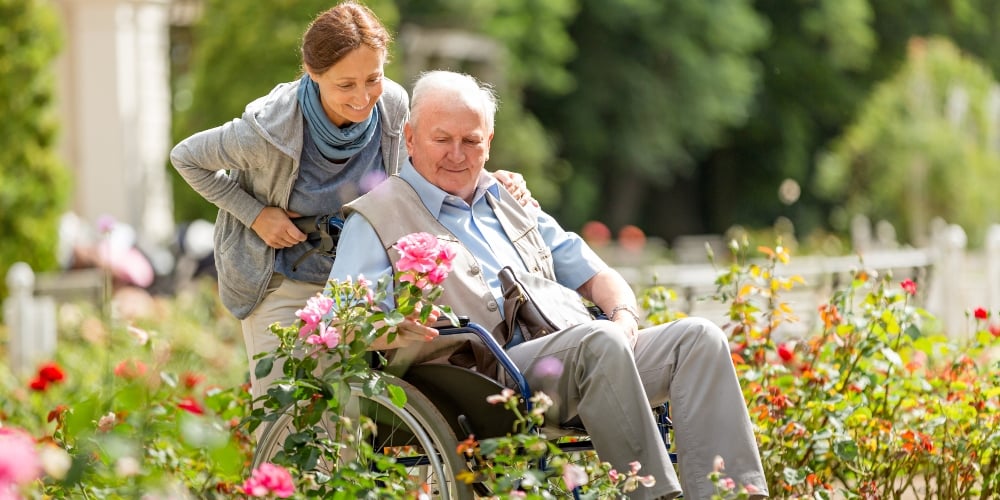
As our loved ones transition into assisted living, their environment plays a key role in how comfortable, confident, and connected they feel. A new apartment may not carry the same history or familiarity as their longtime home, but with thoughtful touches, it can become a sanctuary—a space that feels warm, personal, and truly their own.
This article explores how families can help turn an assisted living apartment into a home that supports independence, comfort, and a renewed sense of purpose.
Home Is More Than Four Walls
Home isn’t just a physical location. It’s a feeling—of safety, familiarity, belonging, and control. For seniors moving into assisted living, this emotional connection to their new space becomes even more important. Creating a home-like environment can ease the transition, reduce anxiety, and enhance overall well-being.
The good news? You don’t need to completely redesign the space. With a few mindful adjustments, an assisted living apartment can feel warm, welcoming, and uniquely theirs.
1. Make It Personal: Incorporate Meaningful Touches
The fastest way to help a loved one feel at home is to infuse the space with meaningful items that reflect their identity. Familiar belongings serve as emotional anchors, especially for those with memory challenges.
Try this:
- Display framed family photos or a gallery wall of memories
- Include a favorite chair, blanket, or keepsake in the main living area
- Use artwork, books, and decor that highlight their hobbies or past experiences
- Add scent-based comforts like a favorite hand cream or an essential oil diffuser
Bringing even a few beloved objects from their previous home can create a sense of continuity and emotional safety.
2. Focus on Flow: Create Easy, Intuitive Navigation
Assisted living apartments are designed with accessibility in mind, but small adjustments can make everyday life even easier. Ensuring the layout supports safe, intuitive movement empowers residents to remain as independent as possible.
Design tips:
- Keep furniture minimal and spaced out to allow easy movement
- Avoid small rugs or clutter that could become tripping hazards
- Use high-contrast colors between walls, furniture, and flooring for better visibility
- Place frequently used items in easy-to-reach spots to reduce unnecessary bending or stretching
Even small layout tweaks can make a big difference in promoting confidence and autonomy.
3. Light It Up: Prioritize Natural and Adjustable Lighting
Lighting affects more than visibility—it influences mood, sleep, and orientation. Seniors benefit greatly from spaces that mimic the natural rhythm of the day.
Ideas to try:
- Open blinds during the day to allow natural sunlight to brighten the apartment
- Use layered lighting: floor lamps, bedside lights, and motion-sensor nightlights
- Choose warm-toned bulbs in areas intended for relaxation
- Position a favorite chair near a window for reading or quiet time
Good lighting not only supports safety but helps create a soothing, homelike atmosphere.
4. Make Room for Connection
Just because it’s a smaller space doesn’t mean it can’t be social. Designate areas within the apartment where connection and community can happen.
Ideas:
- Add a small table for card games, puzzles, or sharing tea with a neighbor
- Place two cozy chairs together to encourage visits and conversations
- Display conversation starters like family photo albums or souvenirs
A thoughtfully arranged space invites social interaction, which is key to emotional well-being.
5. Support Daily Routines with Smart Layouts
Assisted living offers support with care, but residents still benefit from a strong sense of routine. The apartment can help reinforce familiar rhythms and purposeful living.
Try:
- Placing a music player near the bed or in a calming corner
- Creating a morning station with tea, a devotional book, or a favorite radio program
- Keeping hobby supplies within easy reach to encourage spontaneous engagement
Creating Comfort, Confidence, and Connection
Helping your loved one turn their assisted living apartment into a true home is one of the most meaningful gifts you can give. It’s a chance to honor their story, support their needs, and ensure their space reflects who they are, not just where they are.
Whether they’re moving in for the first time or settling into a new routine, small changes can lead to big feelings of comfort and connection.
For more ideas on how to support aging loved ones with creativity, compassion, and confidence, explore our free guide: Aging Well: A Practical Guide to Creating Connection, Comfort & Purpose.





